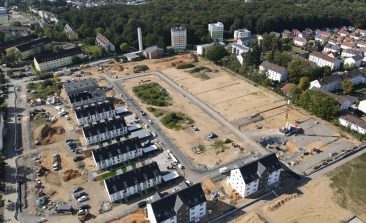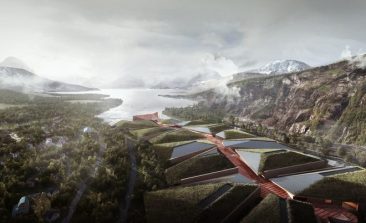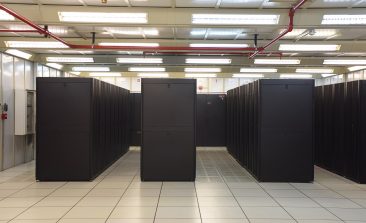7 Results for: Rechenzentren
How to Accelerate the Energy Transition Using Digital Technologies
Which roles can digital technologies play in the transformation of our energy system towards using 100 percent renewable energy? In the latest "Energy Transition – The Future is Networked" Greenbook, RESET.org has researched solutions and interviewed experts. Here are the results.
Our Digital Carbon Footprint: What’s the Environmental Impact of the Online World?
Every single search query, every streamed song or video and every email sent, billions of times over all around the world - it all adds up to an ever-increasing global demand for electricity, and to rising CO2 emissions too. Our increasing reliance on digital tools has an environmental impact that's becoming increasingly harder to ignore.
Intelligent Planning of Sustainable Buildings and Neighbourhoods With BIM
BIM has a wide range of potential applications in the construction industry. In Giessen, the system is being used to realise the EnEff:Stadt FlexQuartier energy efficiency district.
Utilising Waste Heat From Data Centres: How Our Browser Activity Could Soon Be Used to Heat Our Buildings
Data centres consume huge amounts of energy – and generate plenty of heat in the process. In Sweden, thousands of households are already heated with server heat. Could this be a potential source of clean energy?
Waste Heat: What it is and How to Convert it to Energy
What if the heat from, say, server farms or subway tunnels can be used to warm homes? Waste heat recovery technologies seek to close the energy loop.
The Key to Sustainable Digitalisation? Data Centres Powered With Green Energy
A new study takes a look at the power consumption and CO2 emissions caused by the very backbone of the internet - data centres - and offers ideas on what we can do to ensure that this cornerstone of our digital lives is greener and kinder to the planet.
AI Helps Shrink the Carbon Footprint of Energy-Hungry Data Centres
More and more data centres are being built around the world - and as they grow in size and number, so does their sizable carbon footprint. Artificial intelligence could provide a solution.






